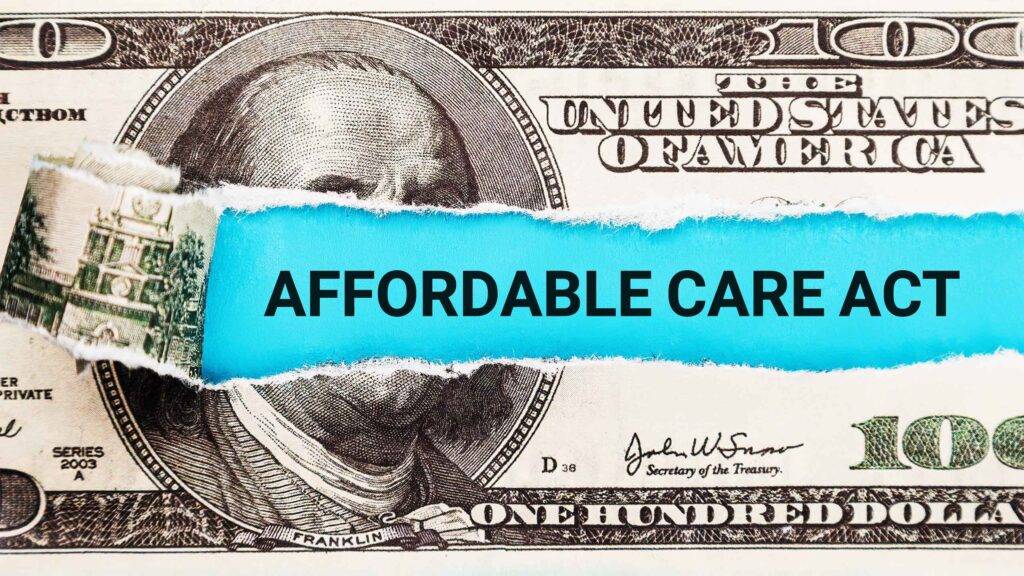
- |
- TaxByte
Starting January 1, 2026, meals provided for the convenience of the employer under §119 become
4 min read
SHOP THE WINTER SALE – Get deals across the digital catalog, conferences, credit packages, and more.

While Congress packed the One, Big, Beautiful Bill Act (OBBBA) with plenty of tax goodies, they conspicuously left out one key provision: extending the enhanced ACA premium subsidies that expire December 31, 2025.
Your clients who buy marketplace insurance are about to feel this omission in their wallets.
The OBBBA delivered on extending TCJA provisions, expanding the SALT deduction cap, and adding new breaks for tips and overtime. But when it came to the enhanced Premium Tax Credits that have kept ACA premiums affordable since 2021? Nothing.
Those enhanced credits had:
January 2026, we are back to pre-2021 rules. For many clients, that means full freight on marketplace premiums.
Here’s what your middle-income clients face: anyone earning over 400% of FPL loses all premium subsidies. For a family of four, that threshold hits around $125,000 in 2026 — putting some of your clients back into “subsidy cliff” territory.
KFF projects marketplace premiums will increase by a median of 18% for 2026 plans—more than double the 7% increase seen in 2025 and marking the steepest increase since 2018. Losing enhanced subsidies makes this even worse for self-employed clients and early retirees.
Start the conversation now. Don’t wait until next tax season to discover your clients were blindsided by premium increases.
The OBBBA didn’t just ignore the subsidy extension—it added new restrictions that will complicate your clients’ coverage:
Full APTC repayment: Remember, those repayment caps for excess Advance Premium Tax Credits are gone. If your client’s actual income exceeds their estimate, they owe back every penny of excess credits received.
Shorter enrollment window: Open enrollment shrinks from 10 weeks to 6 weeks (November 1–December 15). No more January enrollments for healthcare.gov. Some state exchanges may have extended enrollment periods.
Manual re-enrollment required: Auto-renewal is dead. Every client must actively verify income and eligibility annually or lose their Premium Tax Credits.
Zero-premium penalty: Clients who are auto-enrolled in $0 premium plans pay $5/month unless they confirm eligibility.
The subsidy cliff creates planning opportunities:
While the OBBBA grabbed headlines for its tax cuts, the ACA provisions represent a massive affordability reversal starting in 2026. With the projected 18% median premium increase combined with enhanced subsidy expiration, expect more clients to come complaining about their healthcare costs.






Subscribe to our news, analysis, and updates to receive 10% off your first purchase of an on-demand digital CPE course.